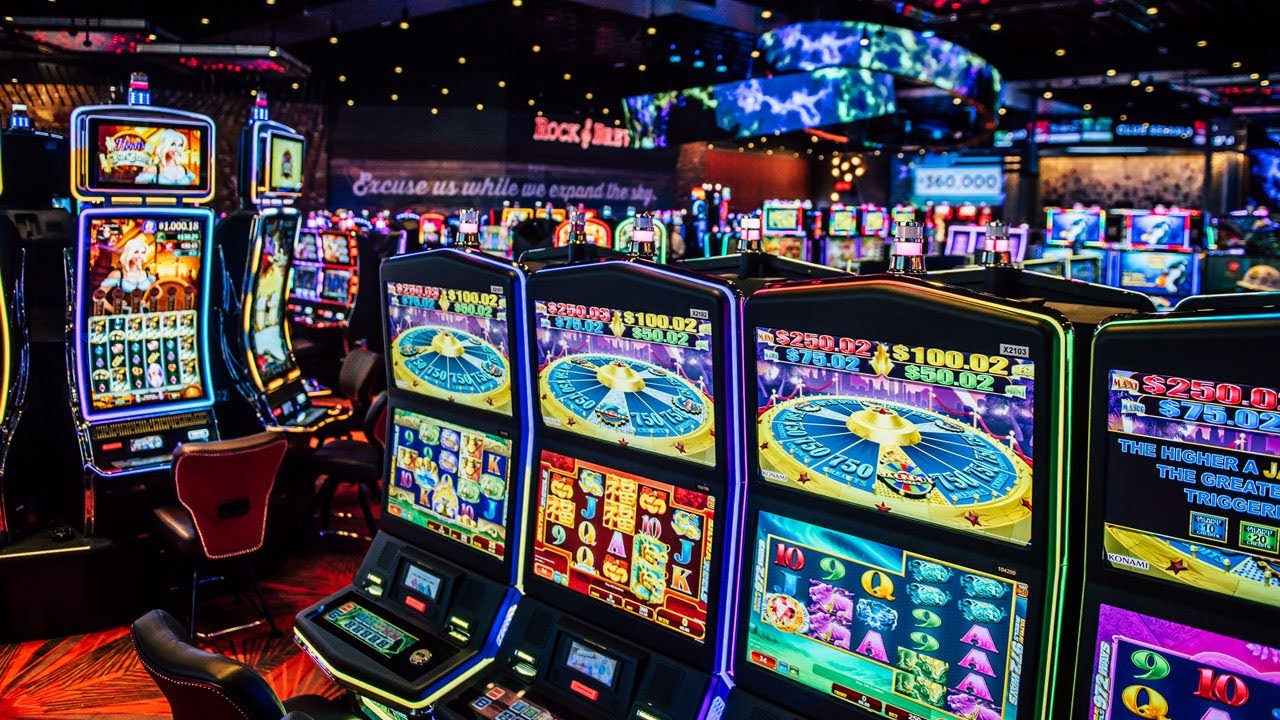Behind the Scenes: How Casino Games Created

Beneath the shimmering lights and those enticing noises of spinning reels lies a dynamic realm where innovation meets numbers: the creation of games of chance. While players converge to casinos seeking excitement plus the chance of winning big, a huge amount of work takes form behind closed doors to create the games they enjoy. From the initial concept to the ultimate product that players engage with, numerous elements come together to ensure a captivating play experience.
Designers, technicians, and game creators collaborate to combine innovative technology with enthralling gameplay features. Every aspect, from visuals plus sound effects to odds plus payouts, is meticulously crafted to attract players plus keep them engaged. Understanding the intricate process of the way casino games are made reveals not only the technical skills required but also the artistic vision that brings these immersive experiences to life.
Game Design Process
The game workflow starts with brainstorming and conceptualization, where creators develop concepts for new casino games. This first phase typically involves identifying potential audiences and understanding market trends. Designers take into account factors like game mechanics, themes, and payout structures to develop an engaging experience. Collaboration between game designers, mathematicians, and artists is crucial to ensure a well-rounded concept.
Once a design is chosen, the next stage entails creating prototypes and testing. Designers create a functional version of the game to assess its playability and mechanics. This allows for adjustments and refinements based on feedback from testers. Reiteration is key, as designers may navigate multiple rounds of testing to fine-tune gameplay balance and user experience. This stage is crucial for spotting any potential issues before the game is finalized.
After testing, the game moves into development and production. This comprises the technical aspects of coding the game software, integrating graphics, and ensuring compliance with gaming regulations. Quality assurance testing ensures that the game functions seamlessly across different platforms and devices. Once everything is polished, the game is prepared for launch, usually accompanied by promotional tactics to attract players and generate buzz around the latest casino game.
Tech and Advancement
The evolution of casino games has transformed significantly with progress in technology. Modern game design often features premium graphics, immersive sound effects, and dynamic animations that provide a thrilling experience for players. Game developers use advanced software tools and programming languages to build these immersive gaming experiences. Additionally, the use of RNGs ensures fairness and unpredictability in outcomes, which is essential for maintaining player trust and compliance with gaming regulations.
In recent years, the growth of online casinos has expanded the limits of game development even further. Developers are now able to build games that appeal to a global audience, incorporating features such as live dealer options and VR environments. This shift has encouraged new ideas, leading to unique game mechanics and formats that enhance player engagement. Gaming on mobile devices has also become a key focus, driving developers to tailor games for mobile phones and tablets, ensuring availability and ease of access for players on the go.
Collaboration among designers, visual artists, and math experts is crucial in the development process. Each team contributes their expertise to ensure games are not only visually appealing but also statistically accurate and enjoyable. non Gamstop casinos 2025 The integration of player feedback during beta testing allows developers to enhance game features and functionalities, ultimately leading to a favorable launch. As technology continues to advance, the potential for new game concepts and experiences is limitless, promising an exciting future for casino games.
Testing and Quality Assurance
Once a slot has been designed, it moves into the critical phase of evaluation and quality control. This phase ensures that the game operates seamlessly and provides a balanced experience for users. Teams conduct thorough tests, including functionality checks to ensure that all game features work as planned. Each component, from graphics to sound effects, is evaluated to ensure high standards are met.
In addition to functionality testing, the game entails rigorous compliance checks to meet compliance requirements. Different jurisdictions have specific rules governing game fairness and player protection. Quality assurance teams will confirm that the random number generators are functioning correctly and that the game's payout percentages correspond with industry standards. This thorough examination helps build trust with users and oversight bodies alike.
Finally, user testing may be conducted with actual users to obtain feedback on user experience. This invaluable insight allows developers to make necessary adjustments before the official launch. Addressing any likely issues noted during this phase helps ensure that players will experience a seamless, immersive experience when the game goes live. The commitment to excellence reflects the sector's dedication to delivering enjoyable and reliable casino games.
